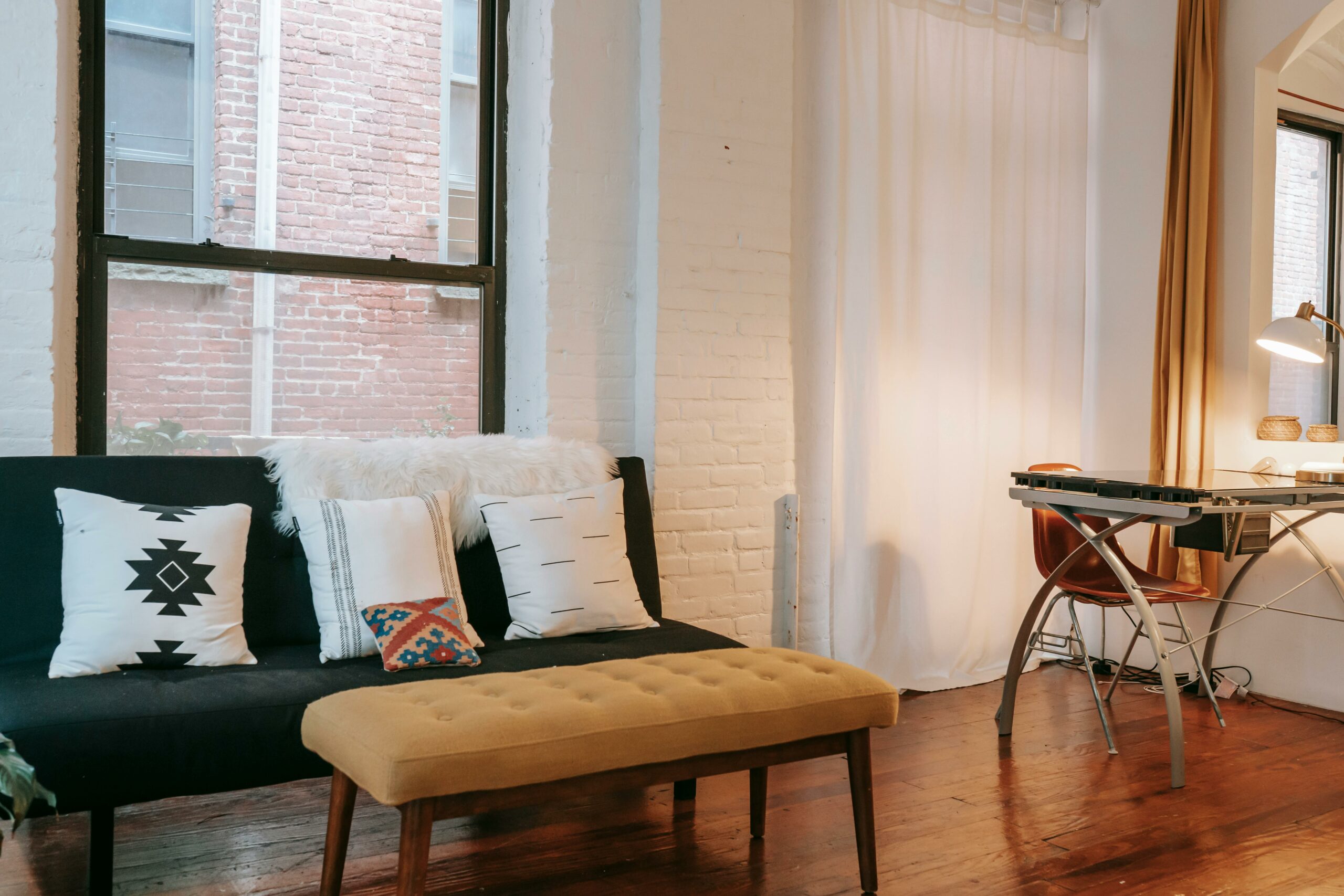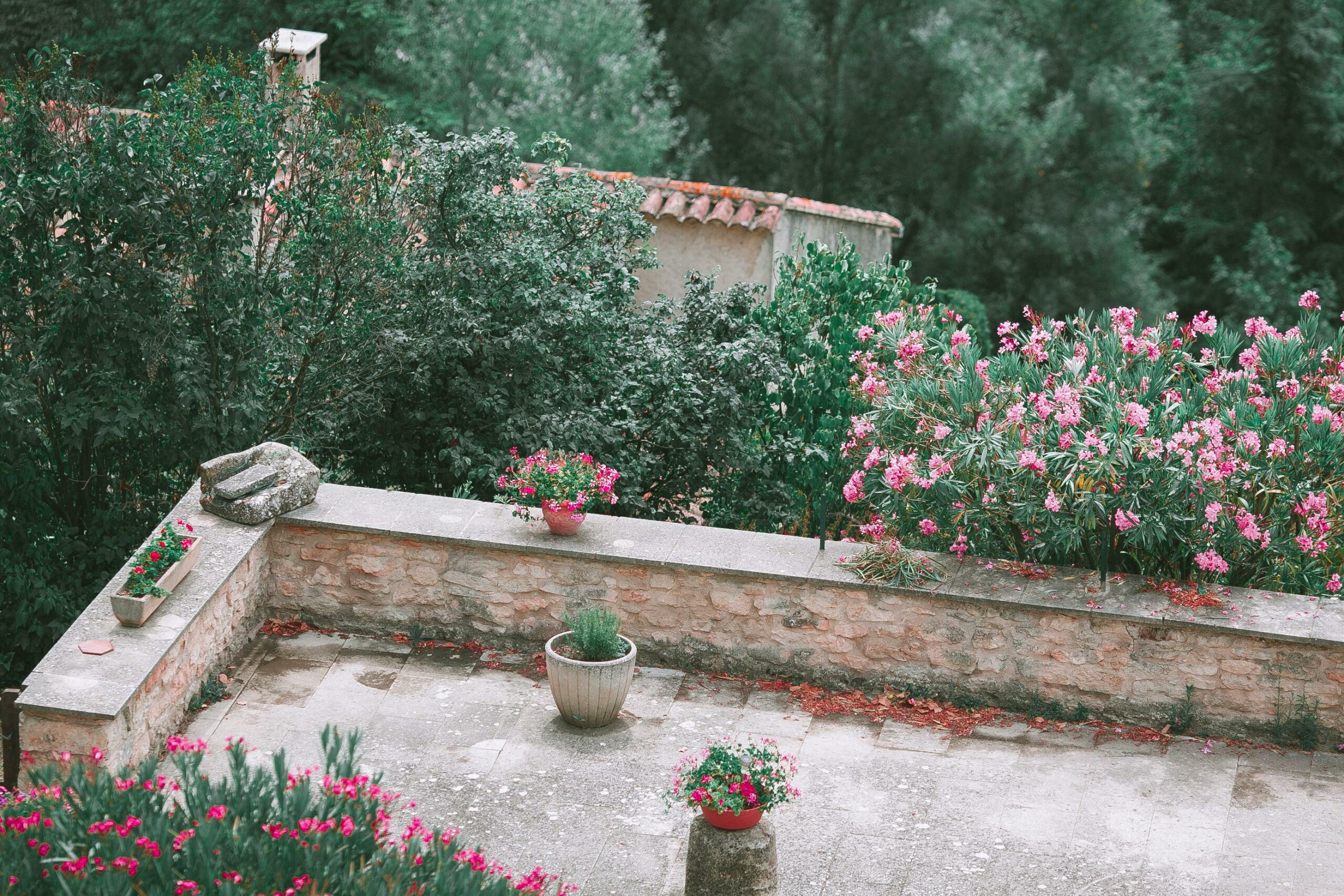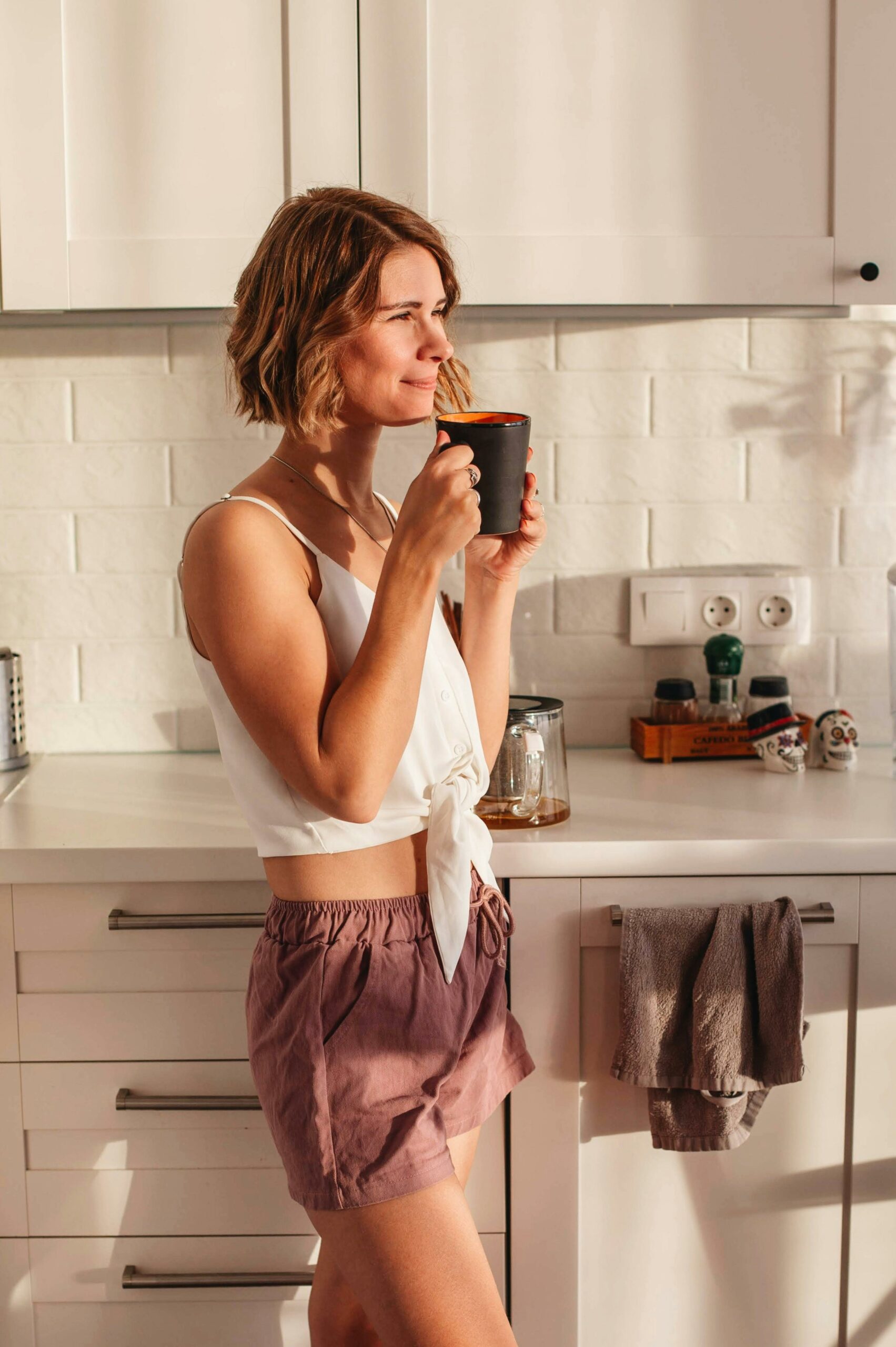High-quality photography can be defined in different ways, through resolution, composition, lighting, aesthetics, and visual impact. Even perspective, which the following Depositphotos blog article describes, can greatly impact picture quality.
Pro photographers know tips and tricks for getting the best shot in many environments, from landscapes to studio portraits. However, beginner photo creators often need a little help. That’s why this practical guide is indispensable for aspiring photographers.
With our five good photo tips, even those new to photography can start capturing high-quality images. Curious to learn more? Keep reading for expert advice on how to improve your photography skills.
5 Picture Taking Tips to Improve the Quality of Your Photos
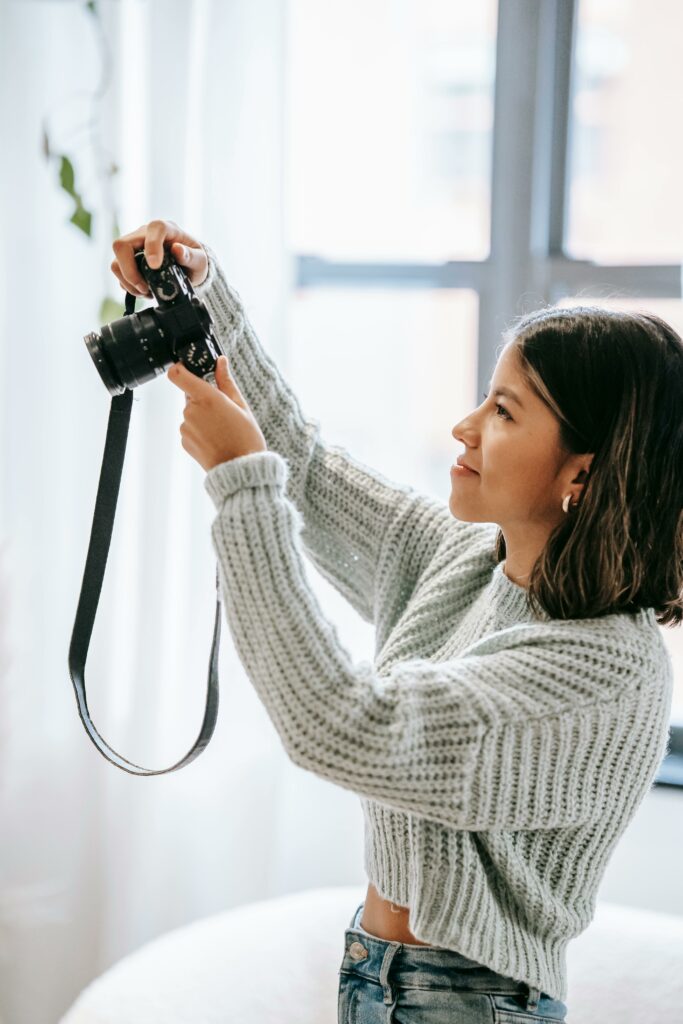
1. Make Sure Your Equipment is Capable of Taking Quality Photos
No matter how good your photography skills are, poor gear can make it difficult to capture quality photos. What’s more, a lack of professional equipment can strengthen your self-doubt at the beginning of your photography journey.
This is simply because you’ll feel like you can’t achieve a desired level of quality due to your incompetence.
Using a high-resolution camera with a good lens will allow you to capture striking images with ease. Investing in quality gear can also help boost your confidence and improve your photography experience.
If you already have a high-resolution camera, consider gearing it up with quality accessories for an even better experience and result.
FAQ: How do I know if my photo is in high resolution?
If you’re aiming for a high-quality photo, check your resolution settings and change them to the highest value in the camera’s settings.
If necessary, you can always reduce the resolution later when editing, but not the other way around.
It’s also recommended that you shoot in RAW format. While there is always a heated debate about which file format is better, RAW or JPEG, shooting in RAW format gives you more post-processing flexibility and ensures you capture all details in your photo.
2. Avoid Distracting Backgrounds
A background can both elevate and detract from the quality of your photo. That’s why you need to make it a habit to always check what’s behind your model.
This way, you can avoid branches growing out of their head or any other distracting elements that could take away from the focus of the photo.
When composing your shot, be mindful of what’s in the background and try to keep it simple.
Use a plain background to accentuate the model rather than the backdrop if that’s your goal. However, feel free to use background elements to elevate the photo’s mood.
3. Use Flash Outdoors
Shooting on a bright, sunny day can be challenging. Sun can cast bad-looking shadows on your subject’s face. To eliminate shadows and brighten the face, use flash. It will fill in any dark areas caused by the harsh sunlight and create a more balanced, evenly-lit portrait.
Depending on the situation, you can choose between two flash modes: fill-flash and full-flash. Fill-flash is the more subtle option, as it only adds a small amount of light to the scene.
This mode is best suited for situations where you want to preserve the natural look of sunlight. Full-flash is more intense and can completely overpower sunlight, creating a more dramatic effect in the photo.
4. Be Mindful of Lighting
Lighting plays a crucial role in quality picture-taking. Therefore, you should pay attention to how different light and angles can influence the outcome and create high-quality images.
If you’re shooting outside, it’s best to do so during the golden hour, either early in the morning or late afternoon. You can also take advantage of the bright sun and shadows during the day.
By changing the angle of view in photography, you can create interesting contrasts and depth in your photos.
For pictures with people, it’s better to use an additional light source. This can be in the form of a reflector or a flash to fill in any harsh shadows and ensure everyone is well-lit.
FAQ: How do I make my photos high quality?
The best way to achieve high-quality images is to choose the right camera and good lighting. However, sometimes, unforeseen situations occur and you have to work with low-quality visuals.
In this case, you can use the AI-powered Depositphotos Image Upscaler or Adobe Photoshop for enhancement. These programs help you enlarge the picture and push its quality to its maximum potential.
5. Direct Your Pictures
To convey a certain aesthetic or make a visual impact with pictures, you must take control of their direction. Instead of being a passive photographer, bring your vision to the scene and watch your photos improve.
You can choose the location, composition, perspective, model poses, and accessories to create better images. By actively participating in the creative process, you can develop a unique photography style that will make your work stand out from the crowd.
Start with the perspective of your photos. Experiment with different angles, heights, and distances to get the most interesting and dynamic shots.
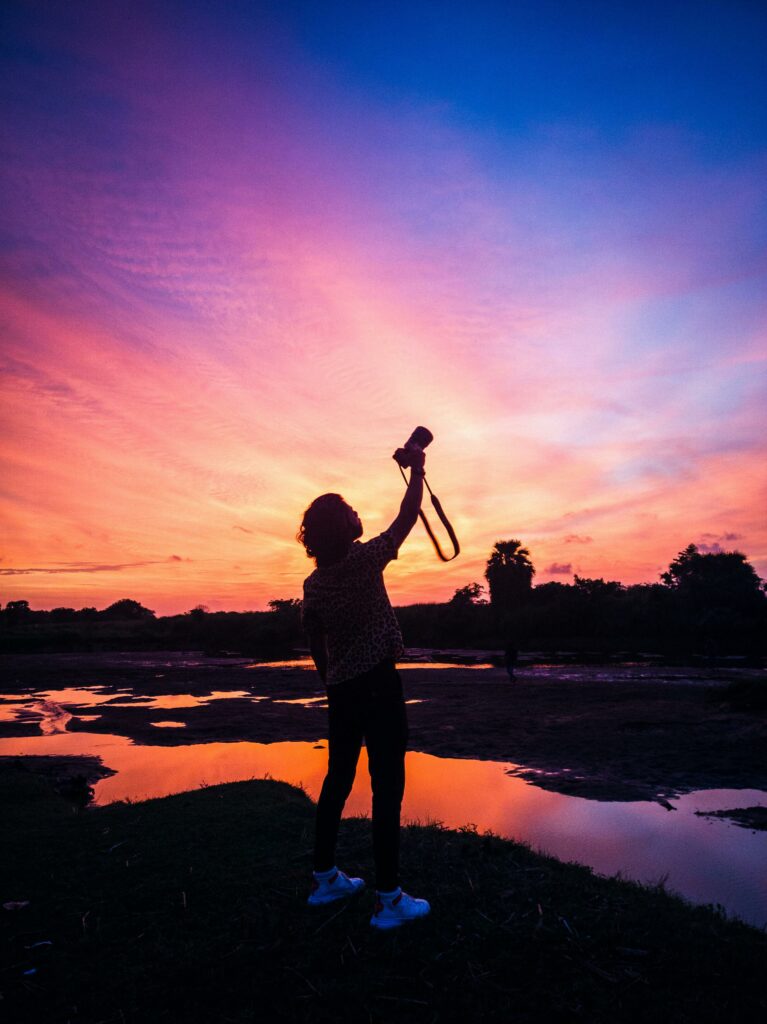
Advice for Taking Perspective Pictures
One way to make your photos stand out is by taking perspective pictures. These can be created by playing with angles and distances. Yet, there’s more:
- Shoot your subject from above and below to create volume, interesting patterns, and unusual shapes in the picture. This will help you create eye-catching images with perspectives that others rarely recognize.
- Use lines and shapes to guide the viewer’s eye through the image. Photograph roads, buildings, fences, or other objects that create leading lines and interesting shapes in the frame.
- Make use of reflections in mirrors and windows. Get creative with reflective surfaces to make your photos more intriguing.
- Learn how to use distance to create depth and add layers to your photographs. Experiment with shooting at various distances to create a sense of scale and dimension in your point-of-view pictures.
- Manipulate focus to draw attention to specific elements in your composition.
Summing up
From adjusting resolution settings to using flash outdoors, these tips are bound to boost your photography skills and help you capture stunning images in any environment.
As you start taking pictures, you’ll discover even more techniques and tricks that will make your photos even better.
So, don’t be afraid to try new things and push the boundaries of your creativity.


